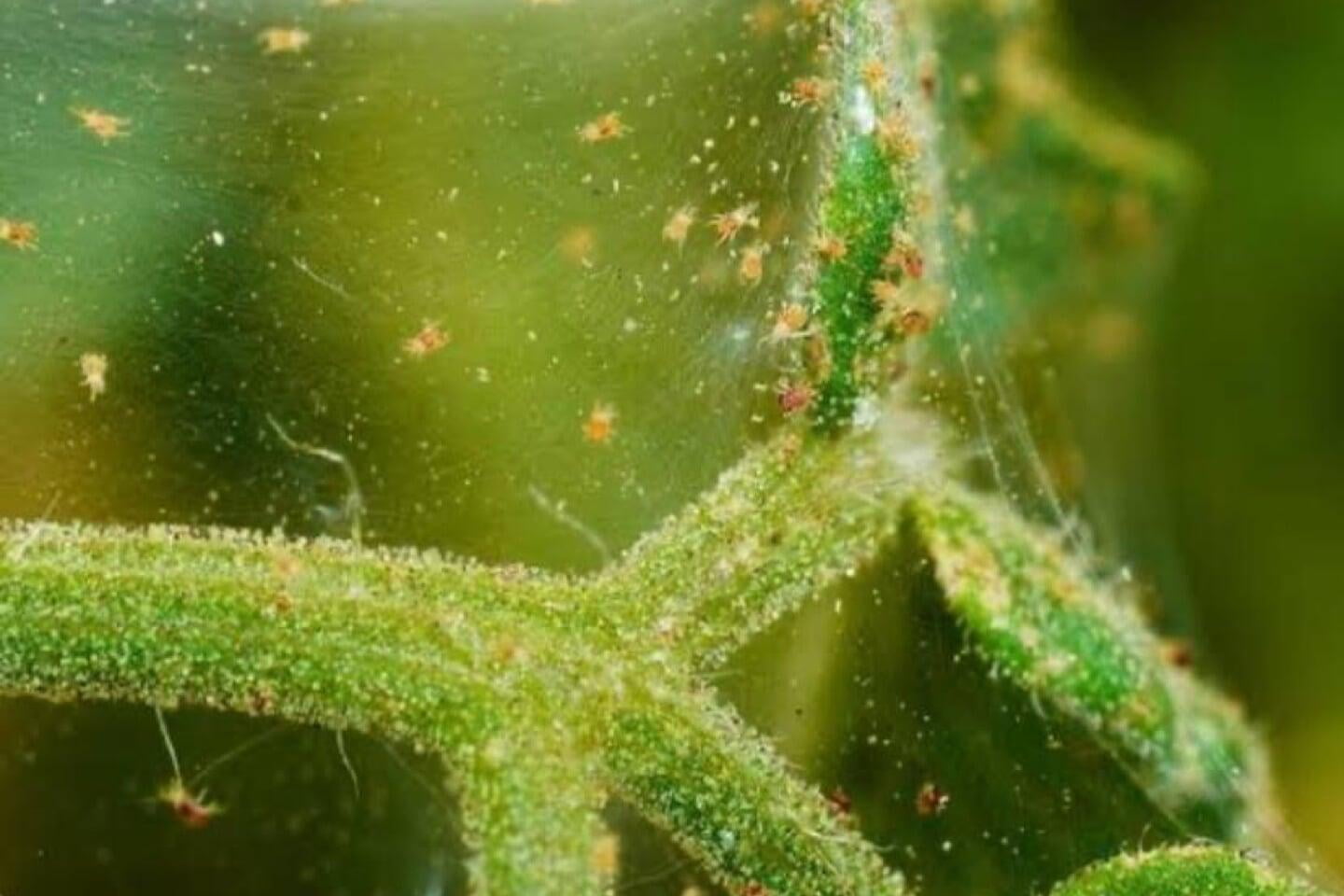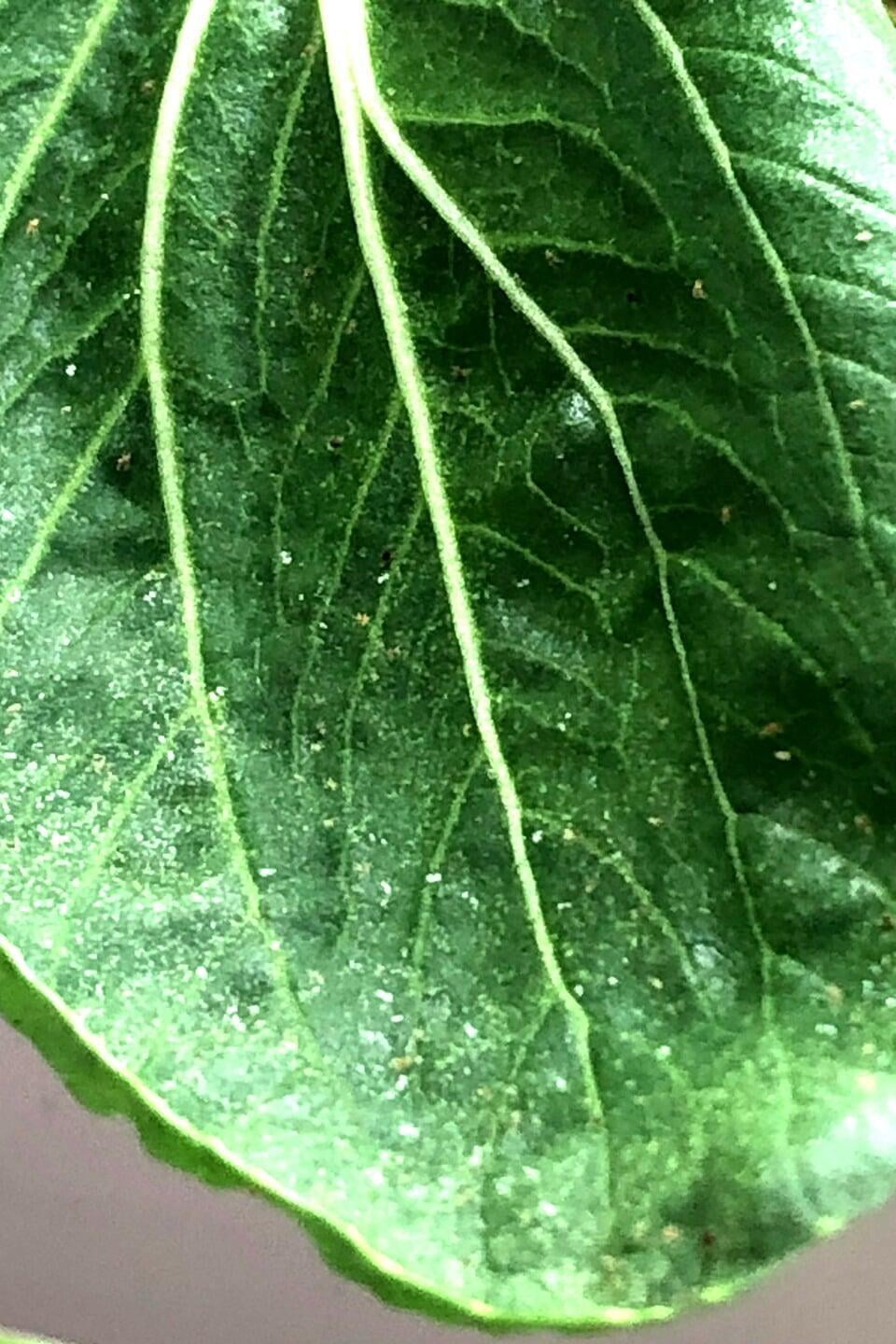
Damage caused by Mites
Mites are tiny insects that feed on plant tissues by penetrating the plant cells with their needle-like mouth-parts. They suck the juicy content from the plant parts, thus giving the characteristic of 'white/yellow specks.' If the damage is severe, complete defoliation (complete loss of leaves) of the plant can happen. In some cases, you might observe stunted plant growth. Mites are most active in warm weather with dry conditions. They often target crops like peppers, tomatoes, potatoes, beans, corn, cannabis, strawberries, and ornamental plants like the rose. Mites have a high reproducing rate. Once the mites attack a crop, the infestation can spread in a short amount of time.
How to spot an infestation by Mites
How to manage damage by Mites
In the case of the mighty mites, prevention is always better than cure. This, of course, is easier said than done. So we will look at other possible alternate means:
- Ensure regular watering for the plants as these mites prefer dry and hot climate for the multiplication.
- Allow natural enemies like lacewings and ladybugs to feed on them.
- Predatory mites of the family Phytoseiidae, like Phytoseiulus persimilis, will eat the adult mites and eggs.
- Use of neem oil sprays at 20-30 ml per liter of water depending upon the infestation levels
- Application of Harpin Alpha Beta (a protein which stimulates the plant's natural defense system and helps in restoring the sap sugar levels and encouraging in replacement of damaged plant tissues
- The last method is the use of the insecticide 'Acaricides.'
Don't undermine the might of a mite!
Happy Gardening!
